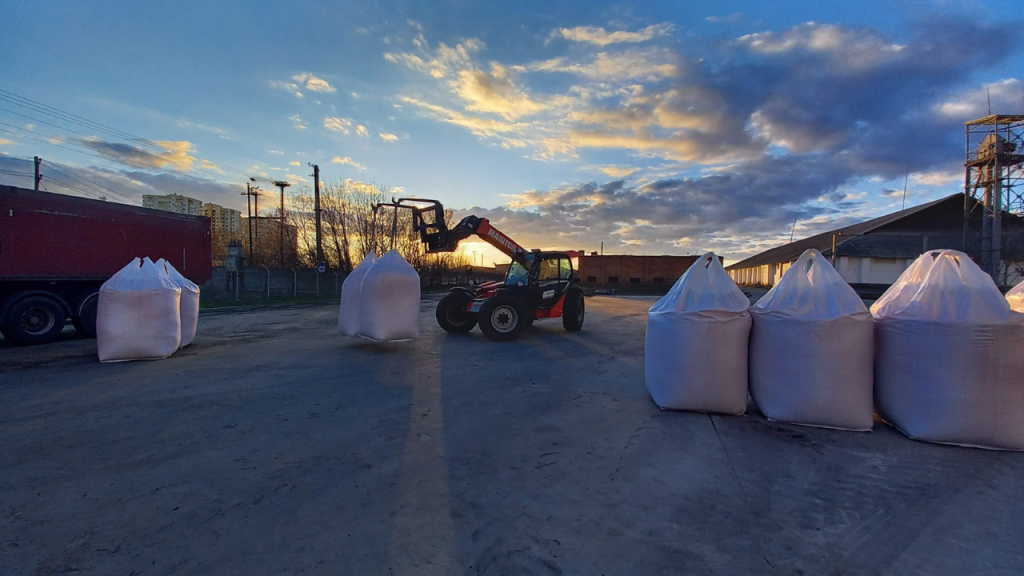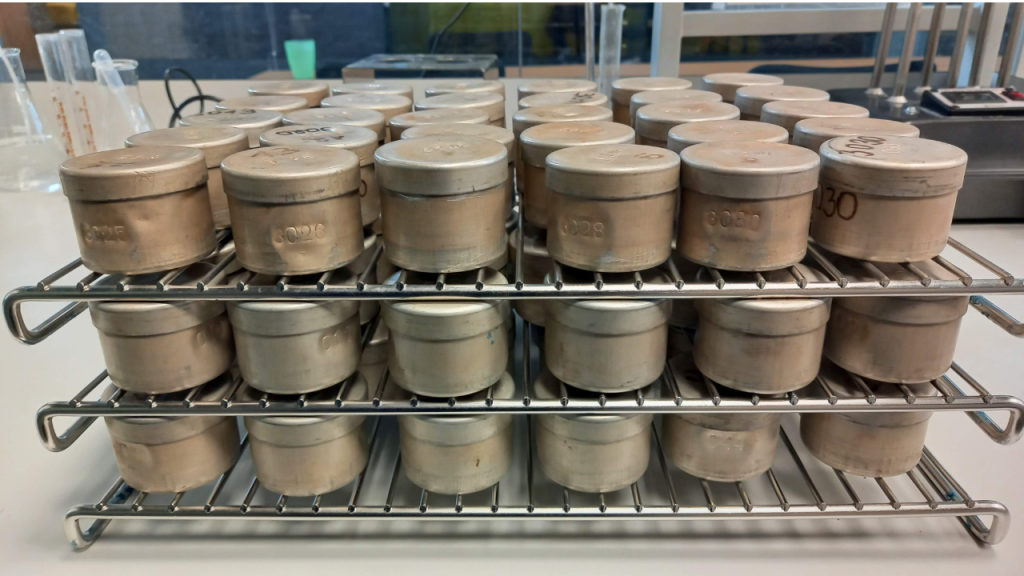Agro-Region meets 95% of its needs with its own wheat and soybean seeds
26. 08. 24

In the Agro-Region Group of Companies, 95% of needs are met with their own wheat and soybean seeds.
This was noted by seed production agronomist Antonina Prilipko.
“The company purchases high-reproduction wheat and soybean seeds, sows them for multiplication for the next year’s commercial production. The process is cyclical,” she clarified.
At the same time, every batch of seeds, whether produced in-house or purchased on the market, is inspected.
According to Antonina Prilipko, wheat is evaluated for purity, the presence of other species, grain weight, protein content, gluten, and moisture. Samples are taken from each truck that enters the warehouse. The grain is then sent to the seed processing line, where it undergoes calibration, treatment, and packaging in big bags. After that, it is dispatched to the departments.
“In addition, each prepared batch from the line is divided into several samples to determine thousand kernel weight, energy, and germination. After conducting the research, we calculate the average data for these indicators for a particular variety or batch and determine the recommended seeding rate for industrial sowing. The process for soybeans is similar: we evaluate purity, damage, protein content, and oil content, as well as the specific gravity needed for seed treatment,” the expert explained.
“If it’s corn or sunflower, which we purchase, we assess the quality of calibration, germination energy, and viability. For rapeseed, we also check germination and germination energy,” Antonina Prilipko added.
She also noted that such work requires precision, as it influences the company’s future performance.
“The agronomist must be invested in the outcome for the experiment to be more accurate. We also conduct small-plot trials to determine the best protection systems. In terms of scale, one experiment includes 10 options with four repetitions, totaling 40 plots. We conduct such trials on various crops with different schemes that interest us. For record-keeping, a certain number of plants must be taken from each plot, from specific leaves or layers (depending on the crop), to determine the degree of damage, etc.,” the seed production agronomist added.









